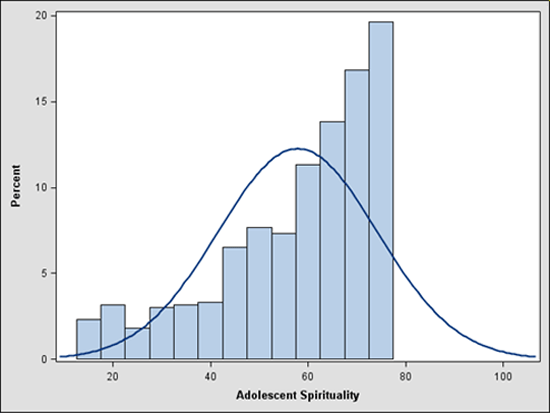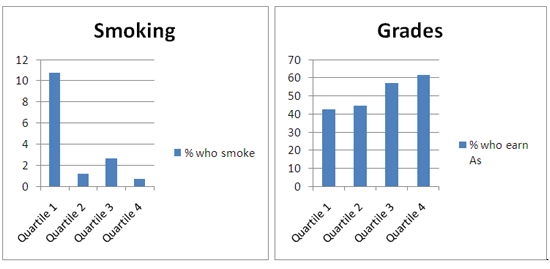Spirituality
Definition
Seeking or experiencing awareness or awakening to universal unity—Being or becoming aware of the sacredness of one’s self, others, and the universe (which may be understood as including the divine). Cultivating identity, relationships, meaning, and purpose that flow from this awareness.
- Spiritual awareness is experienced with great diversity, and may include the following experiences and perspectives:
- Self-awareness: Awareness of a sacred inner source of one’s being, or a soul
- Transcendent awareness: Connection of one’s self to a unity of life that transcends oneself. This can include experiences of awe of the universe, nature, and awareness of a life force that connects all life.
- Awareness of a Creator or divinity and/or spiritual beings in a spiritual realm outside of one’s physical self, such as ancestral spirits or angels, who provide protection, guidance, and blessings
- Seeking to connect in relationship to oneself, others, and to one’s understanding of the transcendent (often including an understanding of God).
- Seeking to live a life that incorporates an awareness of the sacred
Adolescent Scale
Please indicate how much you believe the following. (Not at all, A little, Somewhat, A lot, Completely)
-
There is a God.
-
There is a higher power.
-
There are angels.
-
There is a sacredness to all life.
-
That all life is connected.
-
That I am connected to a higher power.
-
That I have a soul
-
There is a single source of all life.
How much does your belief that something exists beyond the everyday world… (Not at all, A little, Somewhat, A lot, Completely)
-
Give you the strength to make it through the hard times.
-
Protect you from harm.
-
Affect how you treat others.
-
Provide you joy in your life.
-
Bring you peace in your life.
-
Guide how you think and act in everyday life.
-
An important part of who you are?
Adolescent Scale Psychometric Properties and Fit Indices

-
Alpha=0.97 (excellent)
-
CFI=0.995 (excellent)
-
TLI=0.994 (excellent)
-
RMSEA=0.075 (adequate)
Subgroup Model Fit
We tested the final adolescent and parent models with subgroups to examine whether the model fit for different subsets of respondents in the same manner as the overall sample. Using the same fit statistic requirements as the overall models, a check mark indicates that the model fit for the subgroup. Household income is defined as “low” if it is less than the median income in the sample. “High” household income indicates that the household income was equal to or greater than the sample’s median.

Concurrent Validity
Four single item measures were used to examine the concurrent validity of the adolescent scale: a measure of social behavior (fighting), a measure of health behavior (smoking), a measure of emotional health (adolescent-reported depressive symptoms), and a measure of cognitive development (grades).
Concurrent validity was examined in two ways: with bivariate and multivariate analyses. The table below presents the results of multivariate analyses, which control for: teen gender, teen age, teen race, household income, household size, parental education, parental marital status, parental home ownership, parental employment, and metropolitan area and region of residence. The beta coefficient of the relationship between the construct’s scale and outcome is presented.

The graphs below show the bivariate relationships between the adolescent scale and outcomes. Results are presented for relationships that were at least moderately significant (at the 0.10 level) in the multivariate analyses. Note that the y axis scales are different in each graph.

© Copyright 2024 ChildTrendsPrivacy Statement
Newsletter SignupLinkedInThreadsYouTube